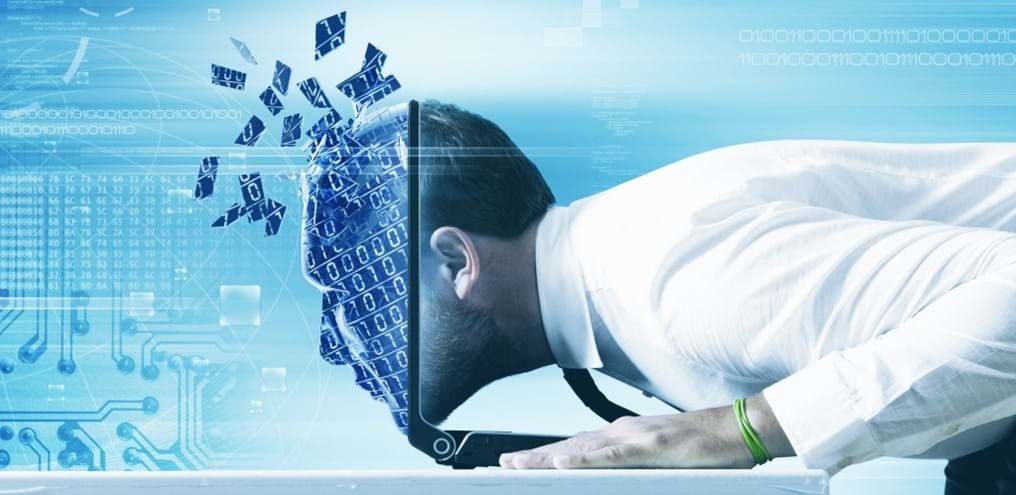Digital brain implants and Rubik's cubes (Day 90)

25th August 2014

When you think of data storage, I think it would be safe to assume that water is not the first thing that comes to mind. Rather it is hardware and electronic components that we associate with storing our information, such as saving documents on a USB pen drive or computer hard-drives.
Chemical engineers from the University of Michigan, in collaboration with researchers at New York University, US, have developed a colloidal cluster arrangement of nanoparticles that could lead to a form of wet information storage.
The team, led by Sharon Glotzer, the Stuart W. Churchill Professor of Chemical Engineering at the University of Michigan, have discovered a new method for storing data in microscopic particles suspended in a solution, also referred to as “wet computing”.

Using the Rubik’s cube as an analogy, Glotzer describes the nanoparticles like the colours of the cube. These nanoparticles are attached to a central core and can be twisted and turned in different ways to form various arrangements.
Glotzer said: “If we could count all of those different patterns – or states – and understand how you can go from one state to another, then it would be possible to encode information.”
Computer hard-drive technology has two information storage states – Os and 1s. Different configurations of the nanoparticles mean that the clusters change state from one to another and it is within these changes of state that the same 0s and 1s can be encoded to store information.
A cluster of four particles connected to a central sphere can have two states like a conventional bit. However, compare this with a cluster of 12 particles, and the number of unique states it can have is nearly eight million. This represents 2.86 bytes of data or 22.9 conventional bits – enough to encode three characters of text.
So, in theory, a spoonful of aqueous solution containing these nanoparticle clusters could store up to a terabytes worth of data. Just think of all that data.
Wet computing is an area of research and technology in its very early stages. The idea of neural implants in the human brain, being able to assist in accessing information or performing computational calculations, is becoming more of a possibility, but is purely speculative at the moment.
“Of course that would take all the fun out of reading books and working things out for yourself,” said Glotzer. “But you could learn stuff super fast.”
Other potential applications of these digital colloids could include:
- Sensors in medicine e.g. being injected into the bloodstream to detect information such as glucose levels for diabetes sufferers
- Enabling sensing and control in "soft robotics"
- Tagging of liquid materials (like a bar code) which would make it easier to track controlled substances
- Detecting pollutants in water
The research team published their results in the journal article titled Digital Colloids: Reconfigurable Clusters as High Information Density Elements.